Vision Pro at one – I love Apple's revolutionary headset, so why do I hardly ever use it?
What's left after the hype
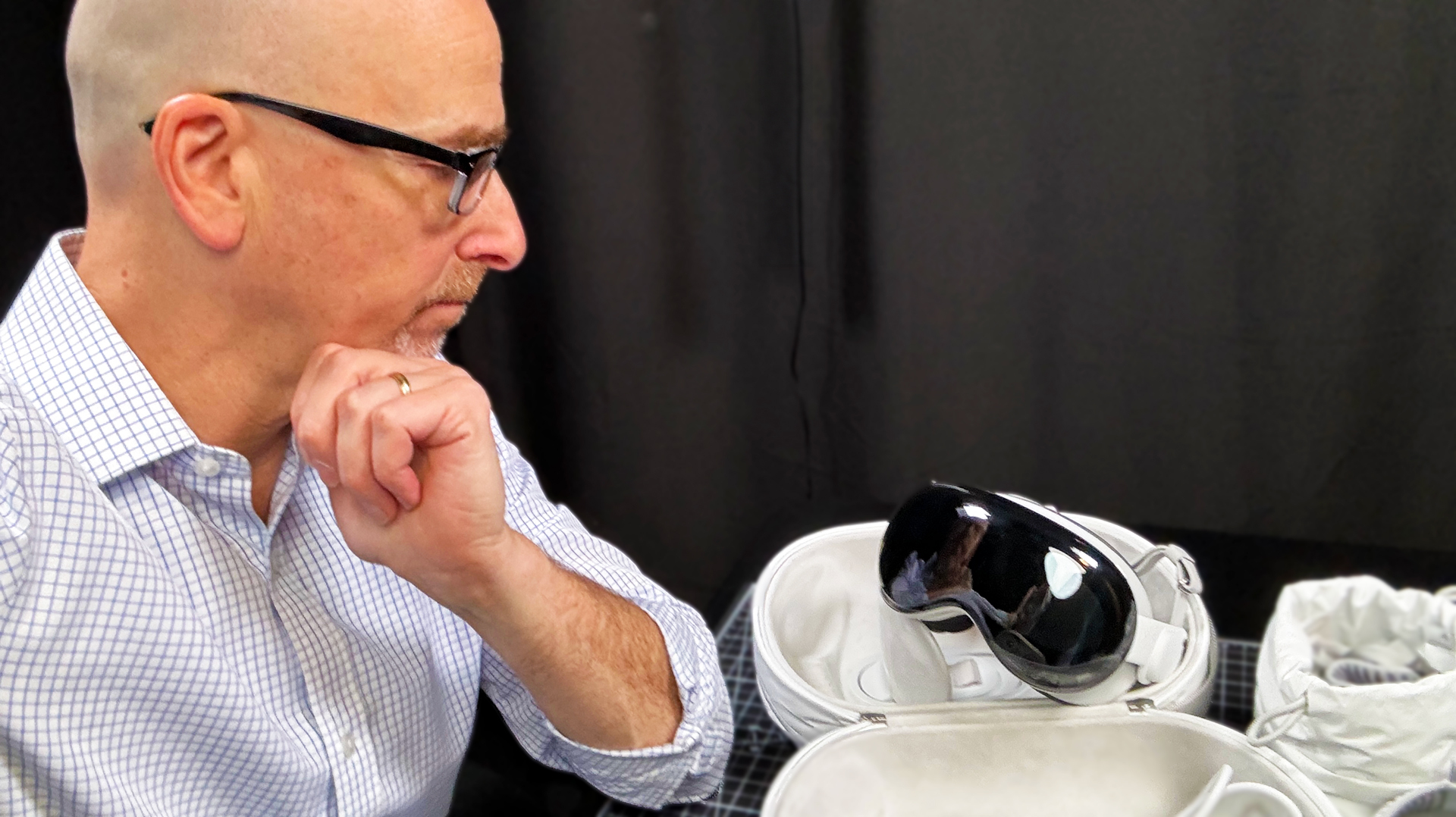
You rarely forget your first time, and even though it’s been a year since my first exhilarating experience with Apple Vision Pro, I haven’t forgotten it. Now, though, I look back with a fresh perspective and new eyes and wonder: when I put on that mixed reality headset, did I also step inside Apple’s reality distortion field?
I want to be clear; I stand by everything I wrote about my first hands-on demo, but it’s been 12 months of brief samplings of different aspects and eventually a review unit that I all but lived in while writing my exhaustive review.
Vision Pro was Apple’s biggest swing in years. Meta all but owned the VR space with its VR headsets, but no one was buying the idea of the Metaverse, and the Meta Quest line (like other VR headsets) is still most popular with gamers. With Vision Pro, Apple didn’t just intend to redefine VR and Mixed Reality; it wanted to redefine computing with Spatial Computing.
And it was obvious from day one with Vision Pro that Apple poured everything it had into the headset. It looked nothing like the competition and the experience immediately outstripped anything you could find on Meta Quest and HTC Vice headgear.
Even after those first few exciting Vision Pro encounters, the freedom of a review revealed unanticipated depths. Vision Pro felt like the most thought-through V1 piece of hardware ever. It was just as ready to game as it was to connect to your laptop and let you work. Apple even tried to account for the expected isolation of VR with unusual and possibly questionable ideas like EyeSight and Personas. The former puts a version of your eyes on a pair of displays on the outside of the headset, while the latter scans your face and creates an eerily accurate avatar that can appear in FaceTime calls and other interactions.
Even if some ideas seemed ill-advised, I couldn’t shake the impression that this was a revolutionary step in mixed reality, VR, and computing. I felt that way for months, right up until after I finished my Vision Pro review.
Waking up
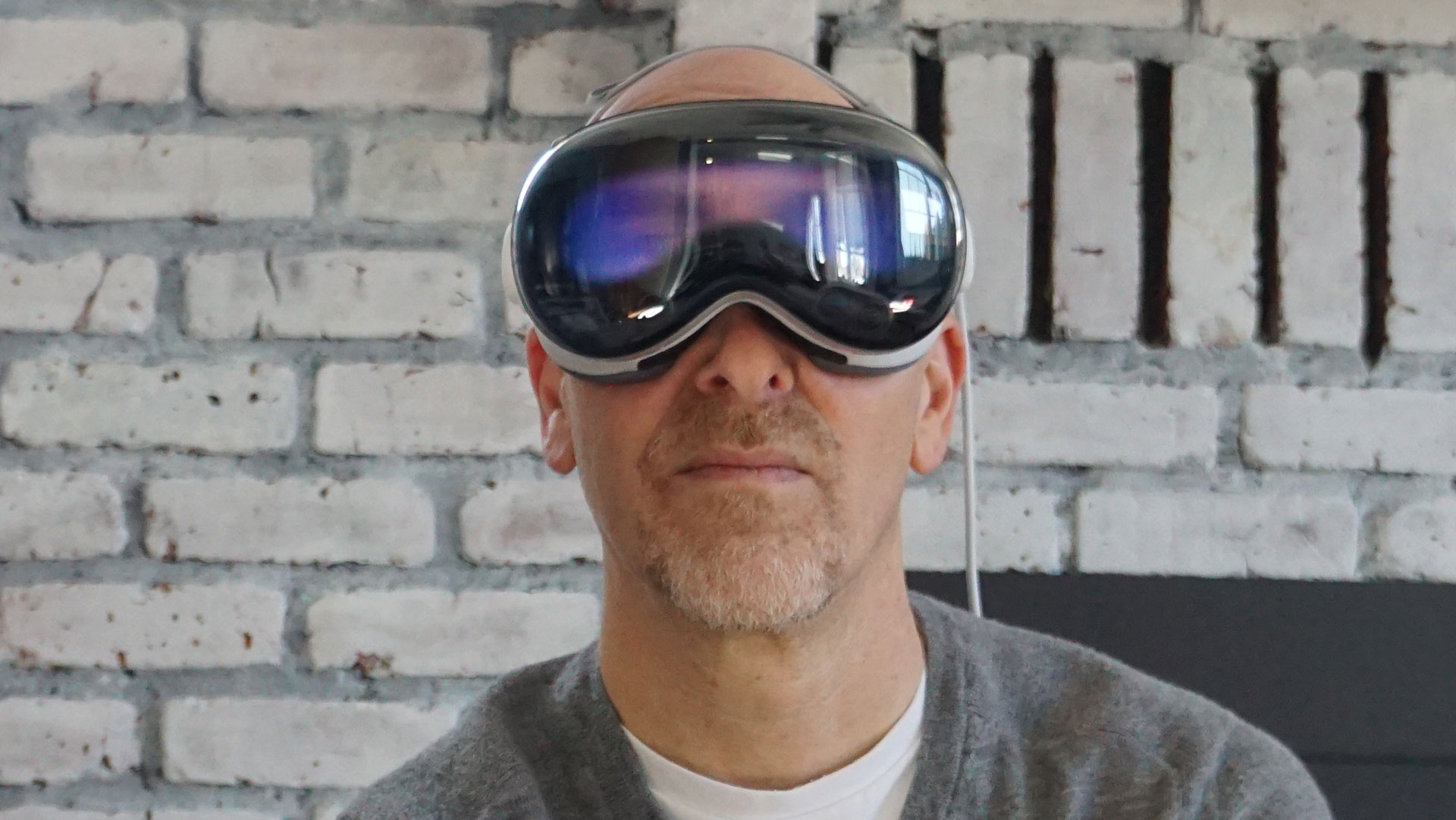
After finishing my review, I continued using Vision Pro, working, watching movies, watching incredible VR videos, playing games, messaging, making FaceTime calls, and installing the occasional update to fix things like my terrifying persona. But then, a week or more would pass, and I realized I hadn’t picked up the headset.
Get daily insight, inspiration and deals in your inbox
Sign up for breaking news, reviews, opinion, top tech deals, and more.
This actually made me feel guilty. I was, after all, part of a small cohort who had Day 1 experience with the Vision Pro and was granted the right to review this first version. It felt like a responsibility, and if I didn’t try to use Vision Pro every day, I was failing – somebody.
There was, though, the reality of my daily life. When I wore the headset at work, I’d get looks. Some were intrigued, others smirked and may have been thinking, “Weirdo.” At home, well, I don’t live alone, and some family members thought I was being downright rude when I put on the Vision Pro and shut them out. I started to look for times when no one was home, and I could spatial compute in peace.
I know Apple put considerable effort into making EyeSight and auto passthrough (which peels away your immersive environment when someone talks to you) to keep people connected to the outside world. Most people didn’t realize that if I got up and walked around, Vision Pro gave me a nearly perfect and almost complete view of my surroundings (except for my feet, which were missing from my peripheral vision). They assumed that when I wore the headset, I was ignoring them.
Some hard truths
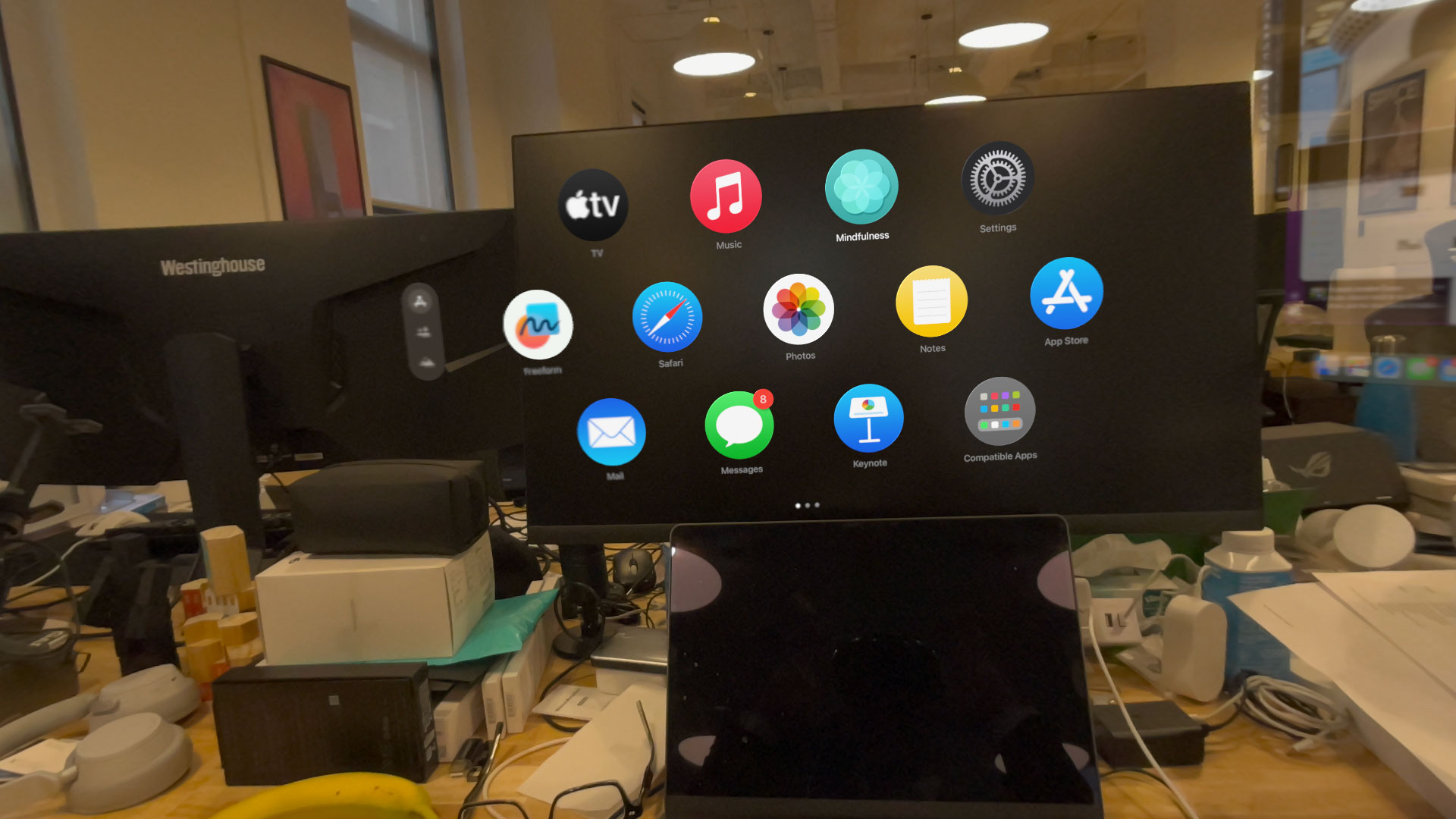
Working on a giant MacBook Air screen through the Vision Pro remains one of my favorite features, but now that I’m not intensely trying to complete a review, I’m more aware of the pain of having a computer strapped to my face. Apple smartly kept the battery outside the Vision Pro to reduce weight, but the headset is still 1.3 lbs. I use the Dual Strap option to balance the heft, but after 20 minutes or so, I start to feel it, and when I’m done, there’s always a visible indentation on my face that takes a while to disappear.
All this is true, but so is the fact that I still think the Vision Pro is an incredible piece of hardware. Its hand, gesture, face, and expression tracking are unmatched in my experience. The pass-through to support mixed reality is as clear and sharp as glass. The immersion can be total and mind-bending.
But Apple either miscalculated or has some sort of slow five-year plan for Vision Pro that no one except maybe Apple CEO Tim Cook and his inner circle understands. The miscalculation comes in the form of a price that no one could take lightly. At $3,499, this is a highly considered purchase. I know how long and hard Apple worked on Vision Pro, but sometimes it feels as if Apple passed along the price of a decade of development. Few others care deeply about Vision Pro because relatively few are willing to pay the price and share the experience (total sales estimates have ranged from 400,000 to 800,000 units).
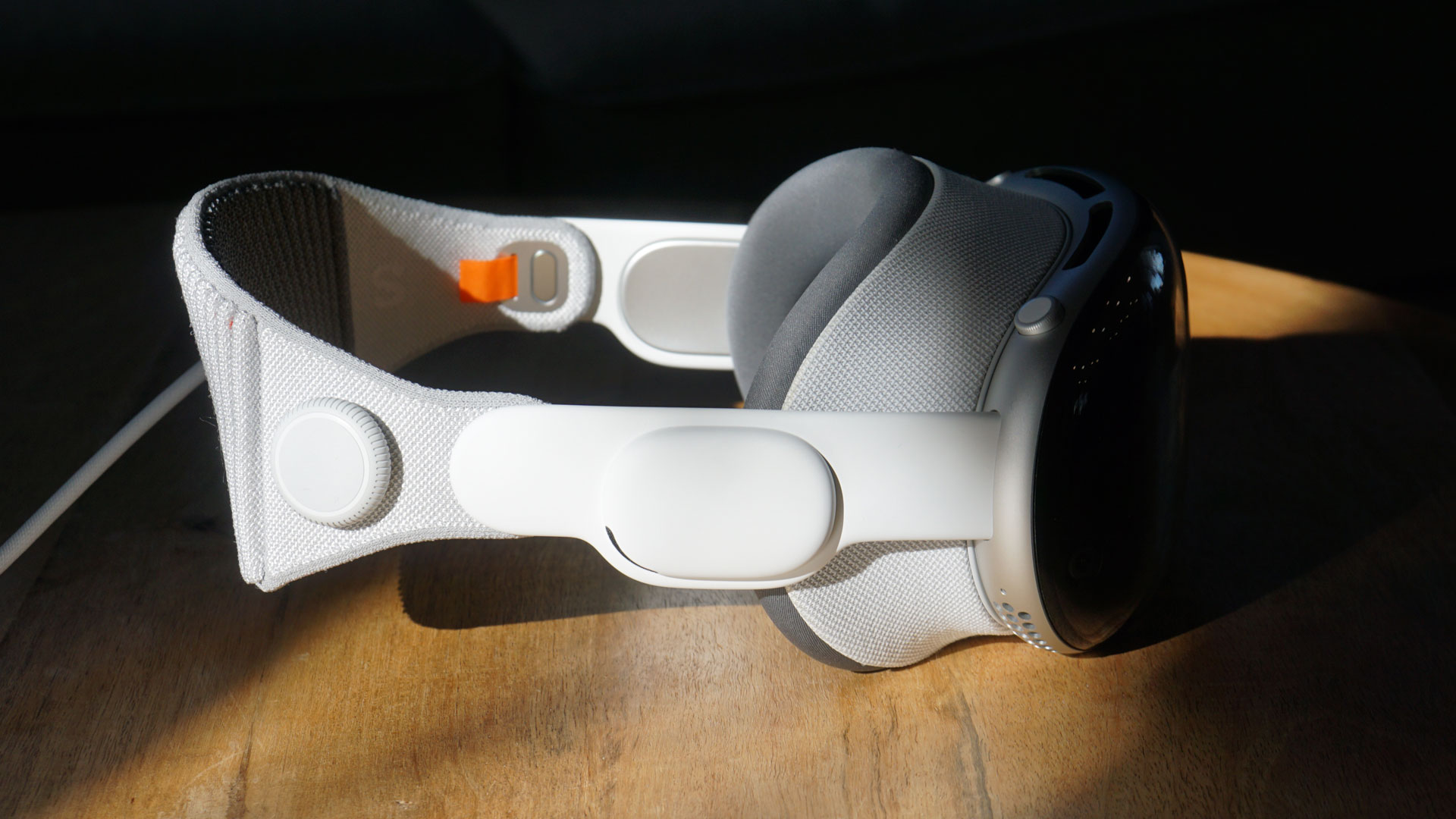
Naturally, the people who would gladly shell out $700 to $1299 for an iPhone are not as anxious to part with almost four times as much cash, especially for something they’re not sure they want. Part of the problem is that while consumers understand why they need a phone (or $1,000 MacBook Air), they’re unconvinced they should spend $3500 for an unproven product in a niche category. Apple can call it “spatial computing” all it wants, but consumers see a very expensive VR headset.
I have given friends, family, and coworkers the opportunity to test-drive Vision Pro. They are invariably surprised and impressed, and a few have even expressed the desire to buy one. This is why Apple set up all those in-store demos. There’s no other way to explain Vision Pro. Seeing is believing.
But apparently, it’s not buying.
Seeing clearly now
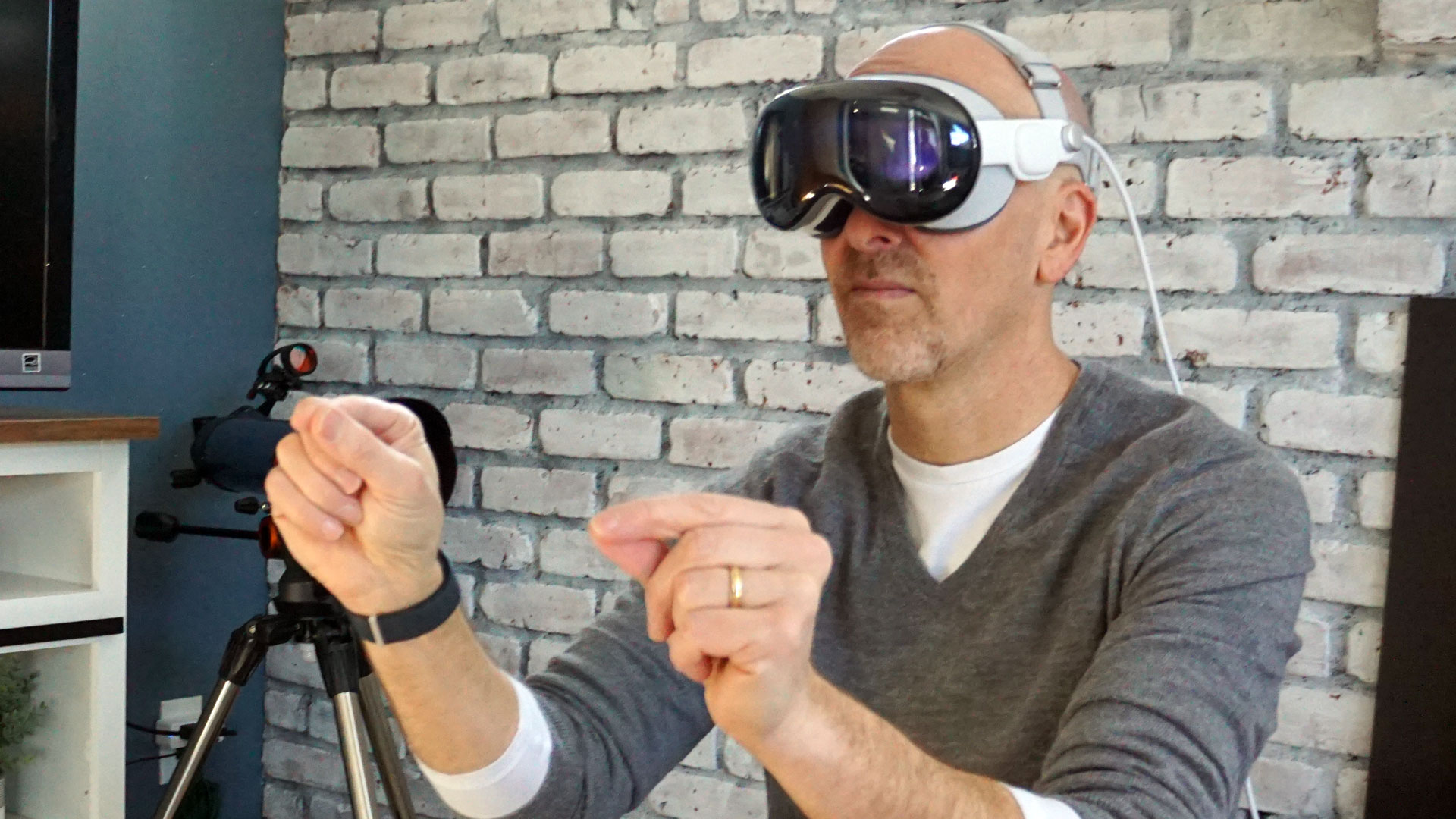
At the one-year mark since its introduction (and a few months after Apple started selling the headset), Apple Vision Pro sales are reportedly slowing down or stalling in the US. Apple made the bizarre decision to hold off on international sales for months but now it looks like Apple will need those markets to keep Vision Pro sales afloat. This is all guesswork since Apple shares nothing about headset sales. It’s been focusing on new features and how excited the enterprise is about Vision Pro. Businesses might be, but I also remember the business “excitement” around Microsoft HoloLens (and Google Glass before that).
What Apple failed to achieve so far in the business market is inspiring consumers to want to do what they did with the iPhone and bring their own tech (BYOT) to work. I haven’t used a company-supplied smartphone in years. My iPhone is my personal and business phone. Vision Pro will succeed in business when workers demand that companies let them bring theirs to work and use them at their desks.
That, of course, won’t happen until Vision Pro’s price drops – and by a lot.
In the meantime, we’re approaching WWDC 24. Apple launched Vision Pro at WWDC 23, so it stands to reason they’d use the developers' conference to unveil big updates. Maybe they’ll swap out the M2 chip for the newest piece of Apple silicon, the M4. The R1, which handles a lot of the vision tasks, could become an R2. And the visionOS should become visionOS 2.
In particular, an upgrade to the new M4 could be vastly improved AI features. Even though the 2024 iPad Pro, which is the first Apple hardware to feature the SoC doesn't showcase those capabilities, most believe the M4 is an AI-ready workhorse. Imagine Vision Pro reading a room, telling you about it, and then applying all sorts of wild augmented reality.
The problem is that none of this helps pull Vision Pro’s price out of the stratosphere. None of it makes the headset lighter, solves the problem of unintended isolation, or the just plain weirdness of wearing a computer on your face.
The mixed reality ahead
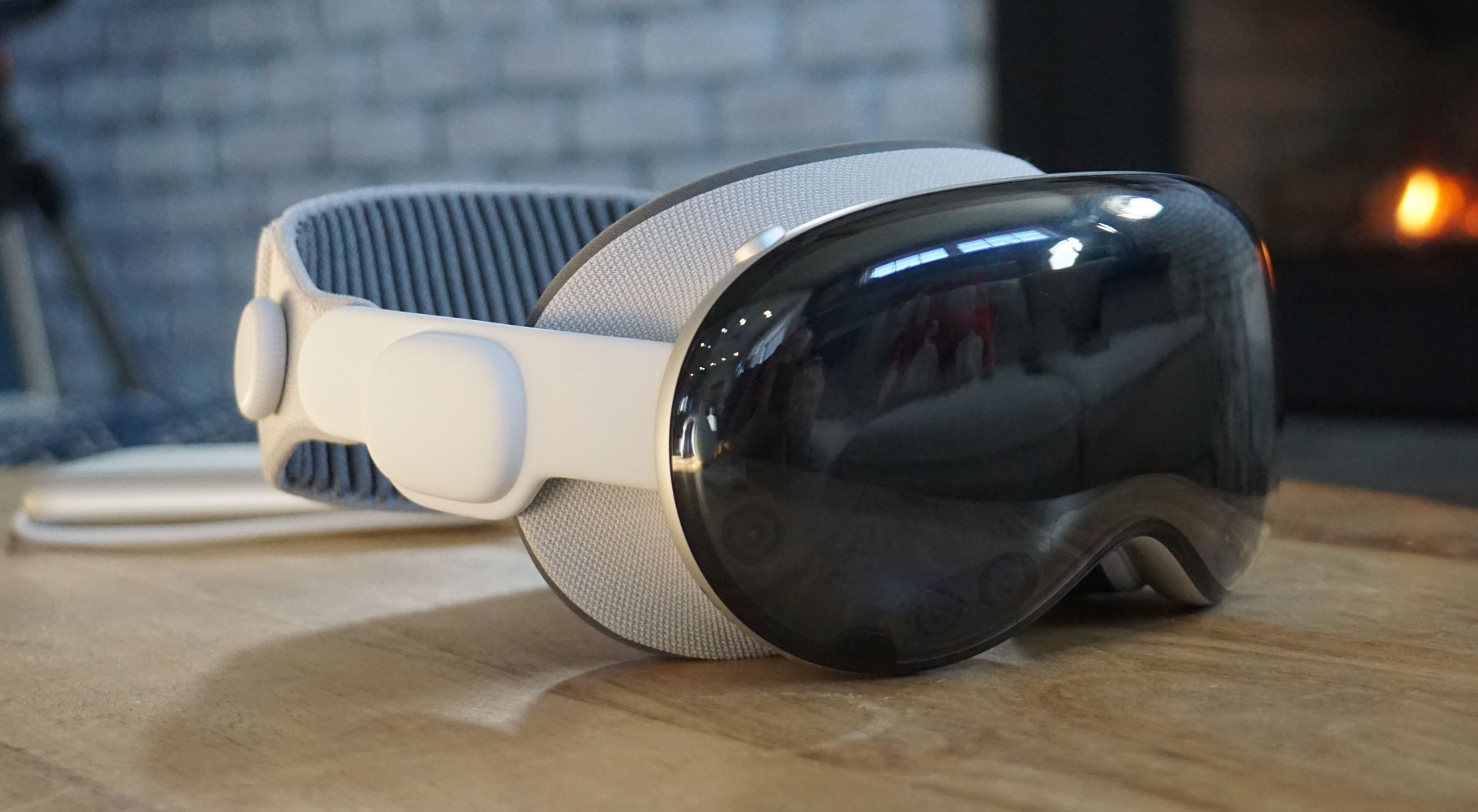
I don’t expect those changes to come next week., There will be no Vision Pro 2 or a breakthrough that transforms the 1-lb goggles into 5-ounce frames. However, some insight into Apple's Vision Pro and spatial computing roadmap would make sense.
Apple’s not, I believe, concerned about the Vision Pro. I think it understood the challenges, maybe not to the full extent it’s facing, but there’s no way it believed the Vision Pro would be the next iPhone, Apple Watch, or MacBook Air.
It’s a slow-burn, high-investment product that now requires some adjustment and messaging from Apple about what’s to come. Get us to invest in the idea of Spatial Computing and future Vision Pro headsets and wearables, and I think Apple could get more buy-in.
Eventually, we’ll remember this first year fondly and know that without it, we would never have arrived at what I expect to be a truly transformative, wearable computing experience.
You might also like
- Hands on: Apple Vision Pro: I just wore the future
- Two days with Vision Pro: Apple's almost convinced me to part with ...
- Marvel's first immersive story for the Apple Vision Pro is the most fun ...
- This Apple Vision Pro deep dive showed me all I was missing ...
- Vision Pro put me on the MLS playoffs field and it was so real I could ...
- If you FaceTime me with Apple's new Vision Pro headset, I'll end our ...
- Seeing your own spatial video on Vision Pro is an immersive trip ...
- Apple Vision Pro is good for many things but drawing is not one of ...

A 38-year industry veteran and award-winning journalist, Lance has covered technology since PCs were the size of suitcases and “on line” meant “waiting.” He’s a former Lifewire Editor-in-Chief, Mashable Editor-in-Chief, and, before that, Editor in Chief of PCMag.com and Senior Vice President of Content for Ziff Davis, Inc. He also wrote a popular, weekly tech column for Medium called The Upgrade.
Lance Ulanoff makes frequent appearances on national, international, and local news programs including Live with Kelly and Mark, the Today Show, Good Morning America, CNBC, CNN, and the BBC.
